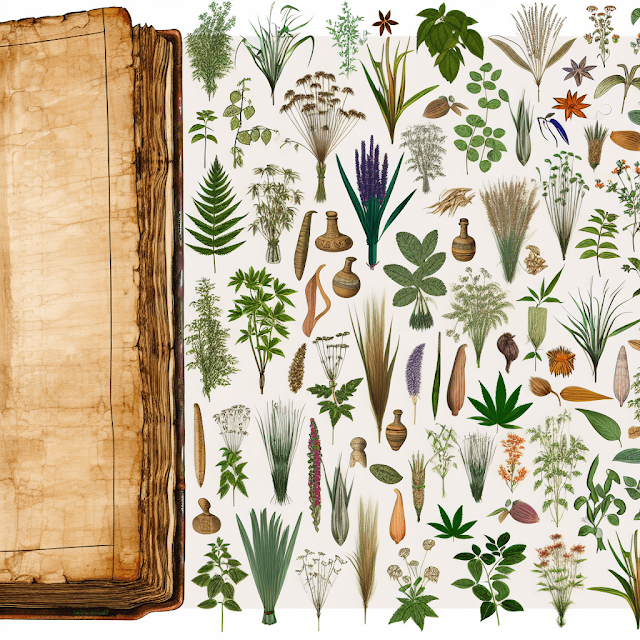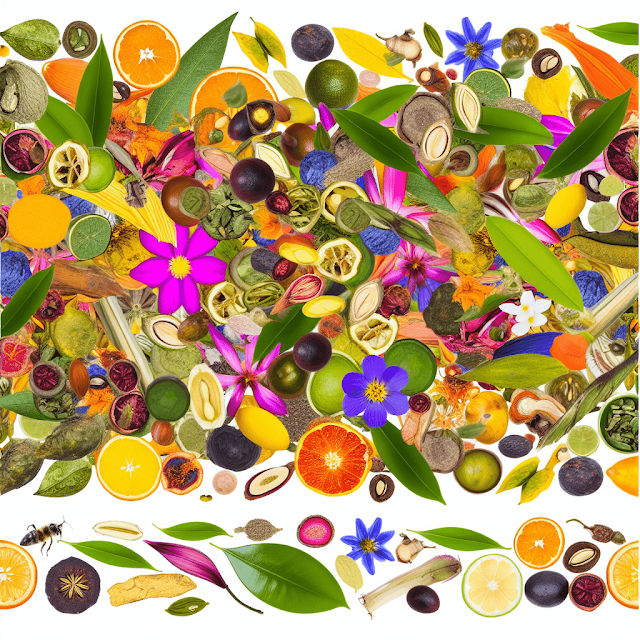Explore the captivating history of skincare as we take a journey back to ancient civilizations where cosmetics were originally associated with medicine. From the ancient Egyptians' use of incense oils to the Greeks' herbal knowledge, discover how skincare evolved from medicinal remedies to modern cosmetic products. In this article, we'll delve into the therapeutic properties of organic botanicals and their vital role in achieving healthy and beautiful skin.
1. The Ancient Origins of Cosmetics:
In the cradle of civilization, Egypt, 5,000 years ago, the first cosmetics emerged. Incense oils were used for a pleasant fragrance and skin softness, while white substances protected their faces from the sun. Egyptians also pioneered eyeliner using black antimony-based paint and crafted natural blush from crushed flowers.
2. Cosmetics' Journey to Greece and Rome:
Cosmetics spread from Egypt to Greece and Rome, with the ancient Greeks coining the term "cosmetics." Their beauty achievements were deeply intertwined with their herbal and oil knowledge, focusing not only on aesthetics but also on medicinal effects based on natural remedies.
3. The Dual Role of Ancient Cosmetics:
Unlike modern cosmetics that primarily focus on appearance, ancient cosmetics served a dual purpose. For example, the Egyptian eyeliner not only enhanced beauty but also provided protection against sunlight and germs. Indian kajal liners were made from neem and triphala herbs, boasting antibacterial properties and healing benefits. Similarly, Japanese lipstick "Benizara" containing safflower was believed to prevent gynecological diseases and improve blood circulation.
4. Ancient Texts and Traditions:
Numerous ancient texts, such as the "Ebers Papyrus" from Egypt, "Botany" from Greece, "Ayurveda" from India, "Shennong" from China, and "Ishinpo" from Japan, documented these herbal remedies. The wisdom of nature's benefits was compiled and passed down through generations, emphasizing the importance of preserving this knowledge.
5. The Power of Organic Cosmetics:
Organic cosmetics harness the remarkable properties of plants for skin health and beauty. Examples include rosemary as a revitalizing tonic with anti-aging properties, chamomile's gentle and hydrating effects, and lavender's anti-inflammatory and skin-revitalizing qualities. Gallica red roses, known for moisturizing and firming the skin, can also improve blood circulation and tone.
6. The Beauty of Botanical Complexity:
Unlike synthetic ingredients with singular effects, organic cosmetic plants contain an array of complex ingredients, making it impossible to list them all. These diverse components interact harmoniously, offering a multitude of benefits for the skin.
Conclusion:
As we look back on the rich history of skincare, we find that cosmetics were originally intertwined with medicine, offering not only beauty but also therapeutic benefits. Today, organic cosmetics continue this tradition by harnessing the antioxidant power hidden within natural plant ingredients to achieve healthy, radiant skin. Embracing the wisdom of ancient civilizations and the complexities of botanicals, we can pave the way for a future of organic skincare that celebrates both beauty and wellness.






